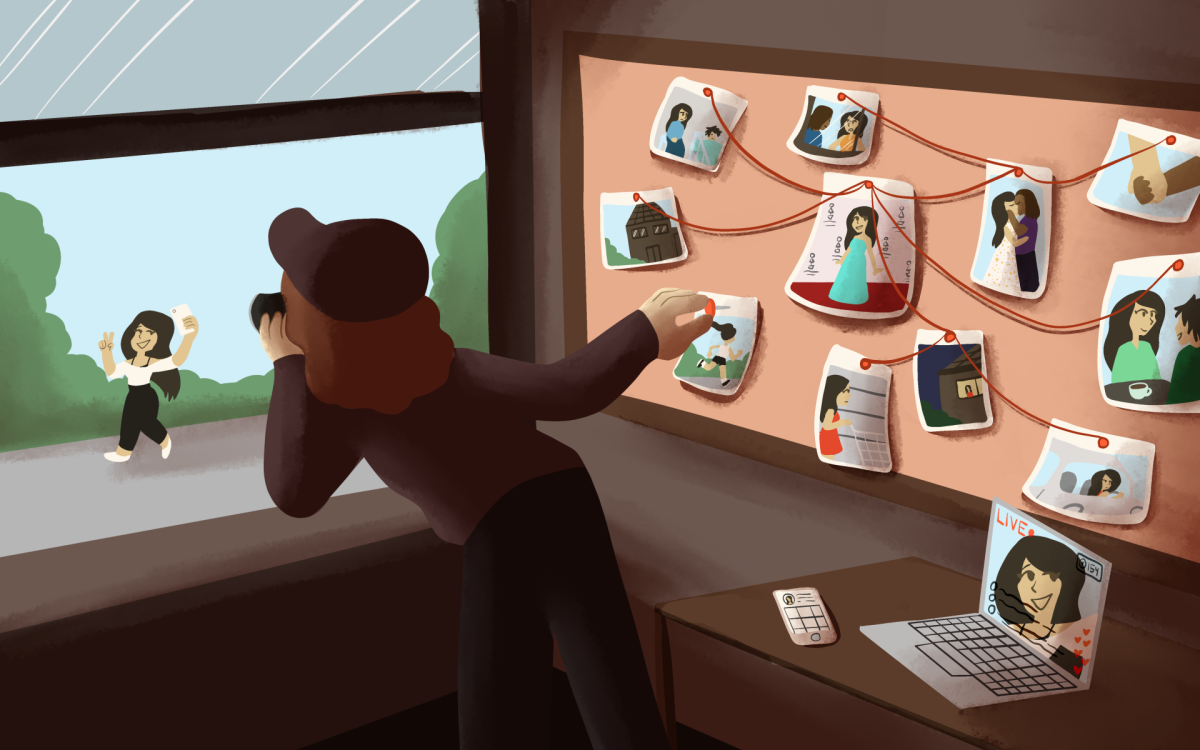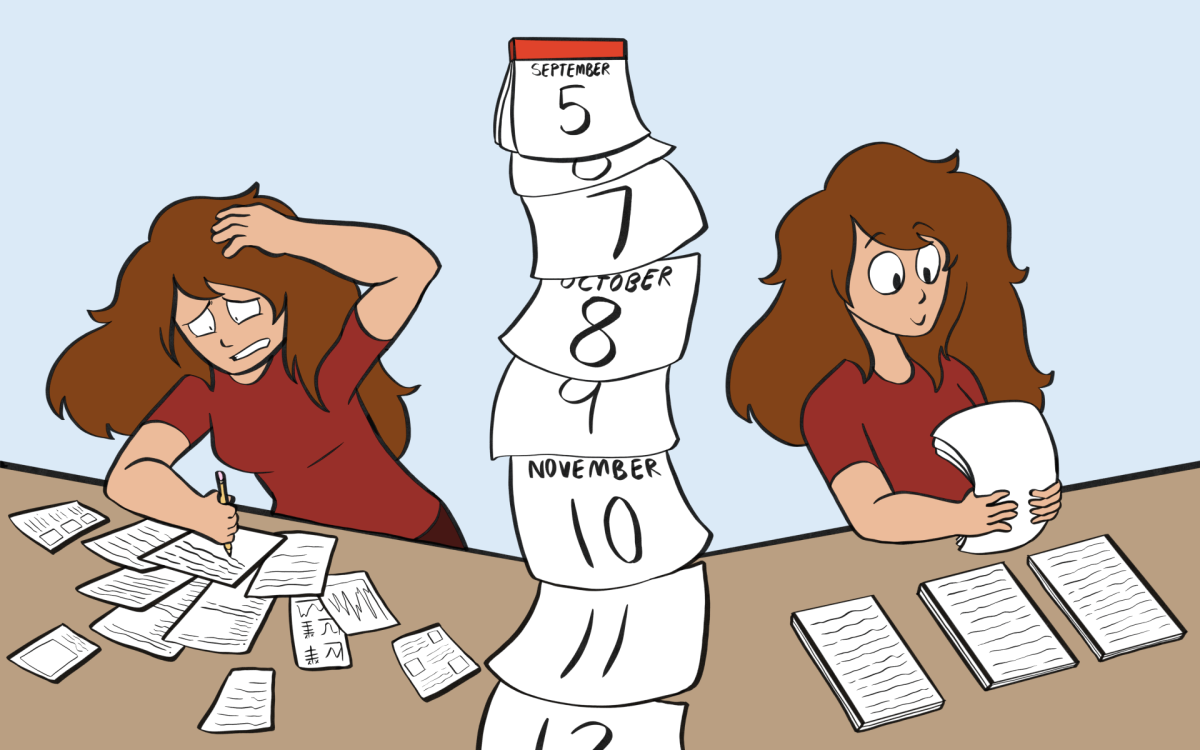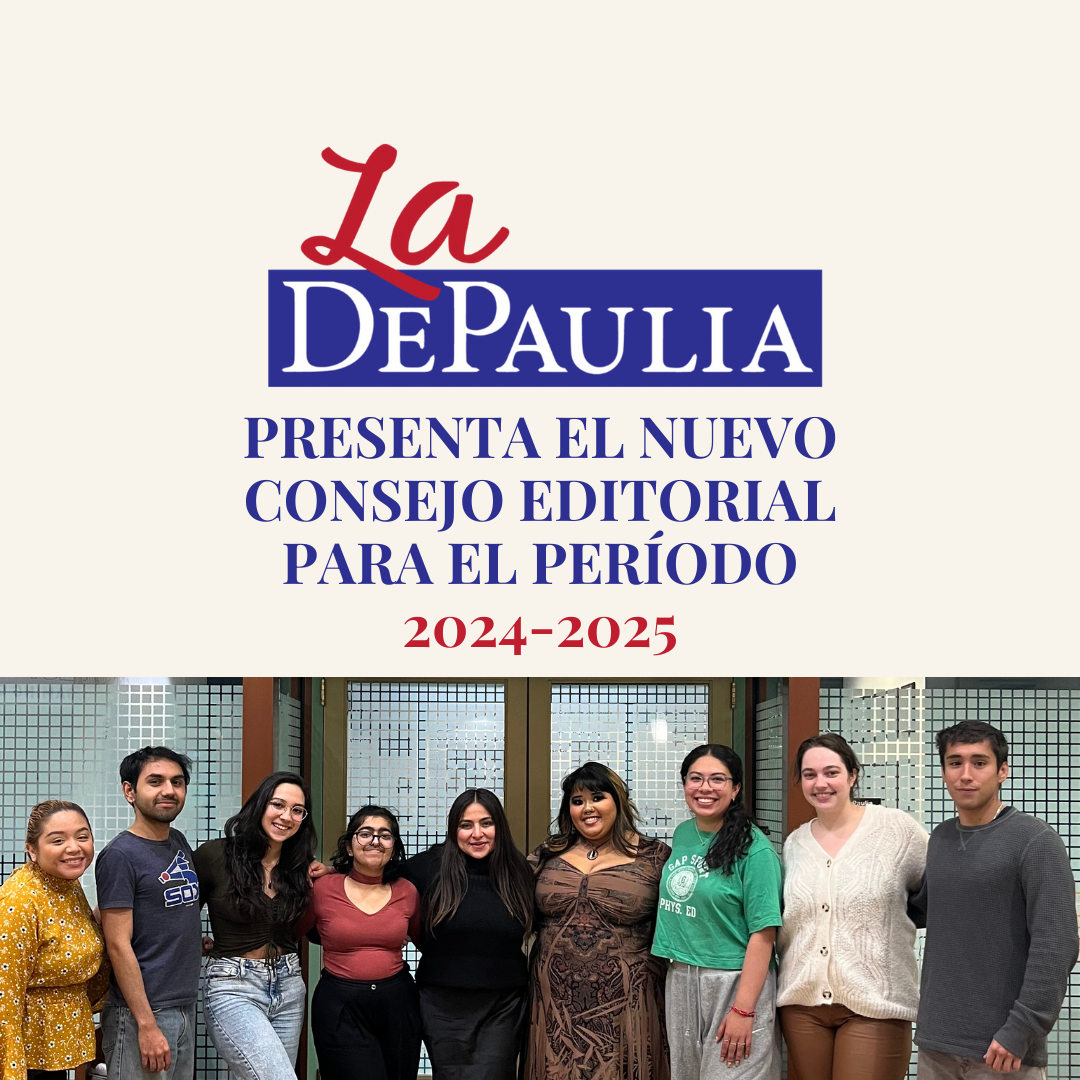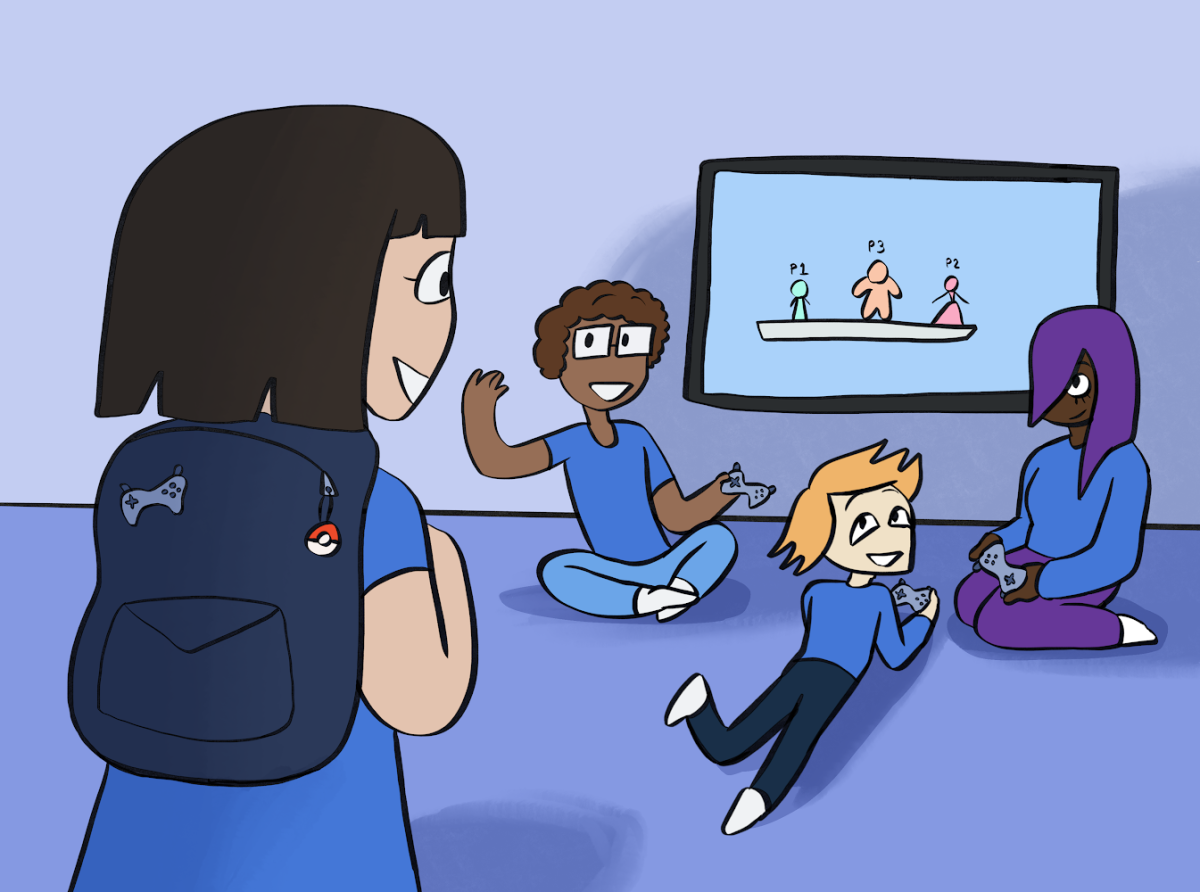
November brings to mind falling leaves, cozy sweaters, the much-loved continuation of pumpkin flavored desserts and Thanksgiving, which concludes the month. However, while looking forward to this classic autumnal holiday, it is also an appropriate time to take a look back on a little known part of our nation’s history. November is national Native American Heritage Month, according to the National Congress of American Indians.
November is an ironic, but even more important, time for this observance for the multiple holidays that fall at this time of the year. We’ve just celebrated two holidays that wrongly depict Native peoples — Columbus day, which celebrates a man who treated indigenous peoples brutally and Halloween, where cultural appropriation in the form of wearing a feathered Indian headdress is considered “cute” and commonplace.
It’s not surprising that American conventions verge on thoughtlessly disrespecting the rights and cultures of the many Native American tribes.We traditionally strip what we want from Native American culture without having any real knowledge about other parts of the culture. This ultimately discounts the disproportionate depth of struggle this group of people go through.
To show the shallow American understanding of Native Americans, look at the upcoming holiday of Thanksgiving. What every first grader is taught about Thanksgiving is the romanticized tale of the pilgrims celebrating their first successful harvest by enjoying a feast with their new friends, the Pokanoket tribe. To celebrate this holiday in elementary school, we draw and decorate turkey art projects and make paper hats to look like pilgrims, and that’s all we learn about the settlers’ encroachment on Native American land.
It’s fine that this is the extent of our education about Thanksgiving and Native Americans at the age of seven, but the problem is that most of us never learn much more as we get older. This single, friendly story covers up the decades of resulting violence between the pilgrims and the Native Americans on whose land they invaded. According to HISTORY, Massasoit, the leader of the Pokanoket tribe, formed an alliance with the pilgrims, which only worsened relations between him and nearby tribes that distrusted the settlers.
In the following decades after the first Thanksgiving, Massasoit learned that his trust was misplaced. King Philip’s war began in 1675, leaving 5,000 inhabitants of the area dead, with nearly three quarters of those deaths being Native Americans, according to HISTORY. With the increasing numbers of settlers that came to the “New World”, and with them illnesses that were foreign to the native peoples, the Native Americans continually lost more lands and had their numbers decimated.
Centuries later, the oppression of Native Americans never really stopped. Most of the American public just didn’t know or didn’t care. According to the National Congress of American Indians, as recently as 1932, there were federal acts in place called the “Civilian Regulations” that restricted Native Americans to reservations, banned all Native ceremonies and prohibited much of the traditional nature of the Native way of life.
The disproportionate levels of oppression against Native Americans continue presently. These include Native Americans’ inflated rates of incarceration, heightened poverty levels and continued issues with land rights. For example, according to The Huffington Post, in South Dakota the indigenous peoples make up only nine percent of the population, but make up 29 percent of people in prison in the state. Additionally, 27 percent of all Alaska Natives and Native Americans live in poverty. However, at the Sioux Standing Rock Reservation this rate is even higher — the poverty rate was a shocking 60 percent in 2014.
When you celebrate the popularized parts of Native American history and culture, like wearing a “cute” Indian outfit on Halloween or recounting the story of the pilgrims and the Indians on Thanksgiving, recognize your role in covering up the present-day issues of Native Americans. Playing into the common perception of Native Americans effectively masks many of the current and intense struggles these people go through.
We’re centuries deep in ignoring and perpetuating mass injustice against a large group of people. Their problems are so severe from a simple lack of awareness. We need to begin to rectify this gross exploitation by educating ourselves on the historically accurate and often cruel treatment of Native Americans and by confronting their present-day problems.
It’s important to spend some time fulfilling this month’s purpose by reading about Native American cultures and their current status in the United States. Before you count your blessings over your Thanksgiving turkey, do a little research about the great peoples that were here before the pilgrims moved in.







